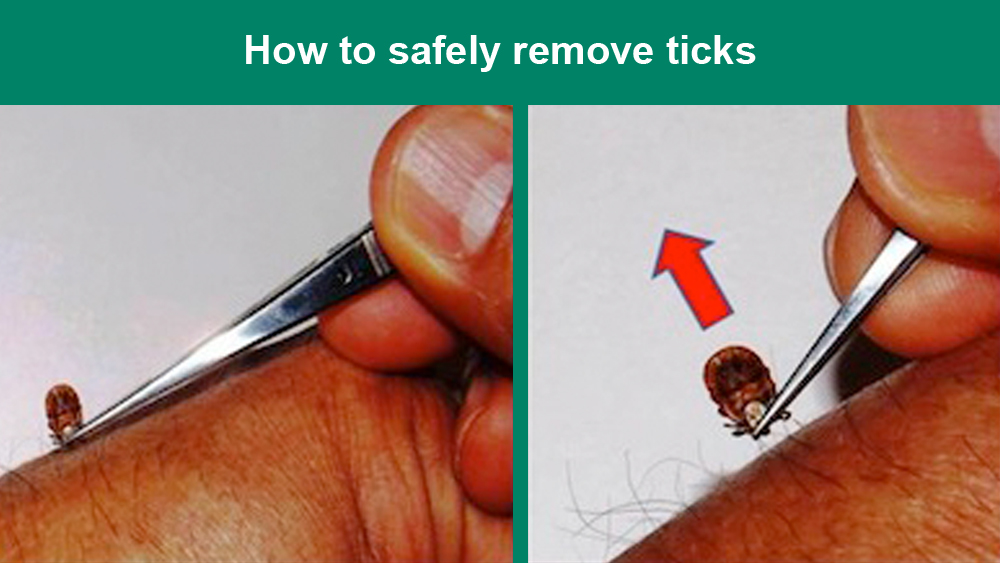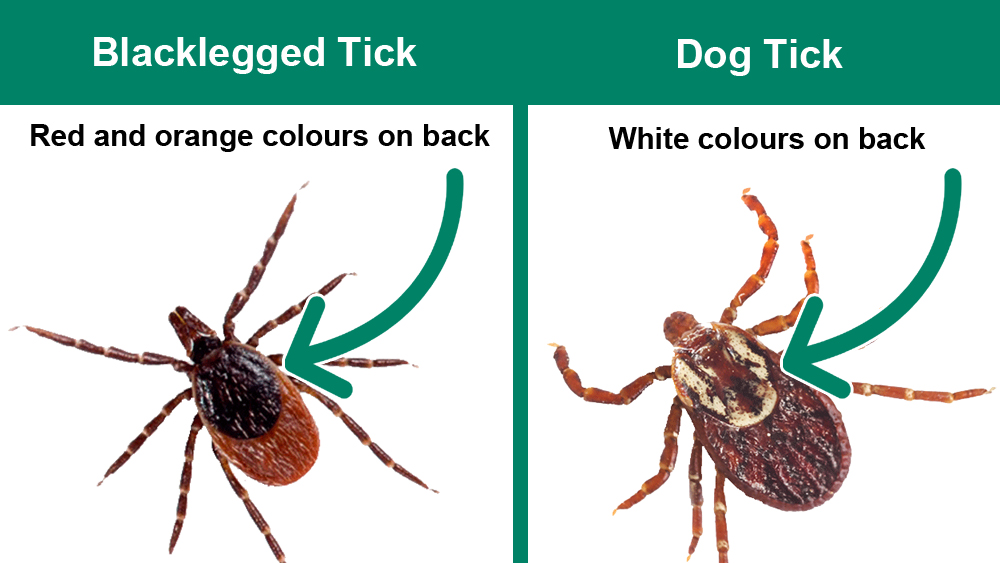Tick Identification
If you find a tick, visit www.etick.ca to submit a photo for identification. The photo will be reviewed by an expert and the results will tell you what type of tick you submitted (e.g. dog tick or blacklegged tick).
You can also drop the tick off in-person at the Middlesex-London Health Unit’s (MLHU) office in London or Strathroy for identification. Please download and complete the tick submission form (PDF) when dropping the tick off in-person at the MLHU.
NOTE: Public Health Ontario’s Blacklegged Tick Established Risk Areas 2024 Map identifies the Middlesex-London region as a risk area for Lyme Disease. Ticks submitted to the Health Unit are no longer tested for Lyme Disease. If you have any concerns about a tick bite, please consult a healthcare provider.
Drop-off locations and times
- 355 Wellington St., London, ON (inside Citi Plaza)
Monday to Friday, 8:30 am to 4:30 pm
- 51 Front St. E, Strathroy, ON (inside The Shops on Sydenham)
Monday to Thursday, 8:30 am to 4:30 pm (office is closed between 12 pm and 1 pm)
Tick bite concerns
How to safely remove ticks
If you find a tick on your body, it’s important to remove the tick as soon as possible. Infected blacklegged ticks can transmit the bacteria that causes Lyme disease, if it’s been attached to your body for 24 hours.1
- Wear gloves when handling an engorged (blood fed) tick.
- Use tweezers and grab the tick as close to the head as possible. Do not use your fingers.
- Pull the tick upward and away from the body with steady pressure. Pull the tick straight out.
- Once the tick has been removed, clean the area with soap and water. Seek medical attention if you are concerned about a possible skin infection.
- Wash your hands thoroughly.

Download image

Download image
What are the differences between blacklegged ticks and dog ticks?
It’s important to know the difference because only blacklegged ticks can transmit Lyme disease - dog ticks do not. A great way to tell the difference is to look at the colouring on the tick's back. Blacklegged ticks have red and orange colours on their back and dog ticks have white colours on their back. Learn more →
Contact Us
For more information about ticks, please contact the Vector-Borne Disease team at 519-663-5317.
Date of creation: September 1, 2012
Last modified on: March 17, 2025

